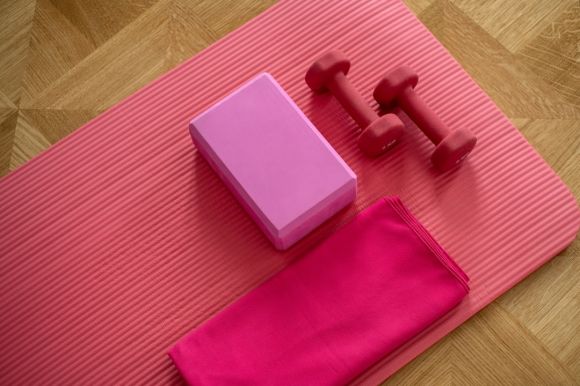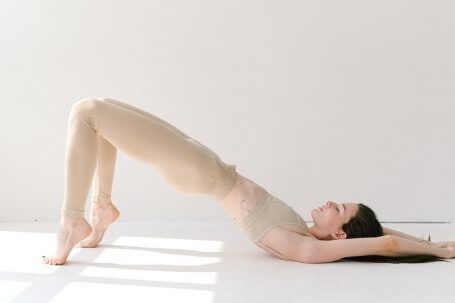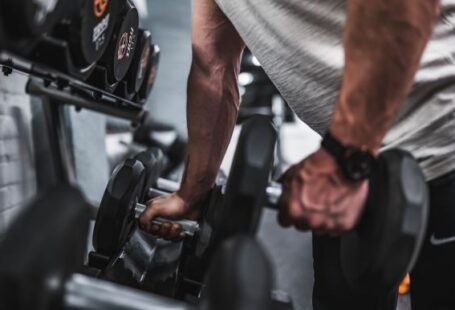When it comes to improving balance and coordination, there are various exercises and activities that can help. One such exercise method that has gained popularity in recent years is Pilates. Pilates is a low-impact exercise system that focuses on strengthening the body, improving flexibility, and enhancing overall physical fitness. In addition to its many benefits, Pilates can also be a great way to improve balance and coordination. Let’s take a closer look at how Pilates can help you achieve better balance and coordination.
Strengthening the Core
One of the key principles of Pilates is to strengthen the core muscles. The core refers to the muscles of the abdomen, lower back, and pelvis, which provide stability and support to the body. By targeting and strengthening these muscles, Pilates helps to improve balance and coordination. When your core is strong, you have a solid foundation to move from, making it easier to maintain balance and control your movements.
Improving Proprioception
Proprioception, or the sense of body awareness, plays a crucial role in balance and coordination. Pilates exercises require you to focus on your body’s position in space and to move with control and precision. This heightened awareness helps to improve proprioception, allowing you to better understand where your body is in relation to your surroundings. As a result, your balance and coordination are enhanced, making it easier to perform everyday tasks and activities with grace and ease.
Challenging Your Balance
Pilates exercises often involve unstable surfaces or positions that challenge your balance. Whether you’re performing exercises on a stability ball or using a balance board, these unstable surfaces require you to engage your core and use your stabilizing muscles to stay balanced. By regularly incorporating these types of exercises into your Pilates routine, you can improve your balance and coordination over time.
Enhancing Mind-Body Connection
Pilates emphasizes the mind-body connection, encouraging you to focus on your breath, alignment, and movement. This heightened awareness of your body and its movements helps to improve coordination. When you are fully present and engaged in your Pilates practice, you can better control and coordinate your movements, leading to improved balance and coordination in all aspects of your life.
Modifying Exercises for Progression
Pilates exercises can be modified to suit your individual needs and abilities. This flexibility allows you to gradually progress and challenge yourself as you improve your balance and coordination. Pilates instructors are trained to provide modifications and progressions, ensuring that you are always working at the appropriate level for your body. By consistently challenging yourself and pushing your limits, you can continue to improve your balance and coordination over time.
Incorporating Pilates into Your Routine
To reap the benefits of improved balance and coordination, it’s important to incorporate Pilates exercises into your regular fitness routine. Whether you choose to attend group classes or work with a private instructor, consistency is key. Aim to practice Pilates at least two to three times a week to see noticeable improvements in your balance and coordination.
In conclusion, Pilates is an effective exercise method for improving balance and coordination. By strengthening the core, improving proprioception, challenging your balance, enhancing the mind-body connection, and modifying exercises for progression, Pilates can help you achieve better balance and coordination. So why not give Pilates a try and experience the transformative benefits it can have on your overall physical fitness?





